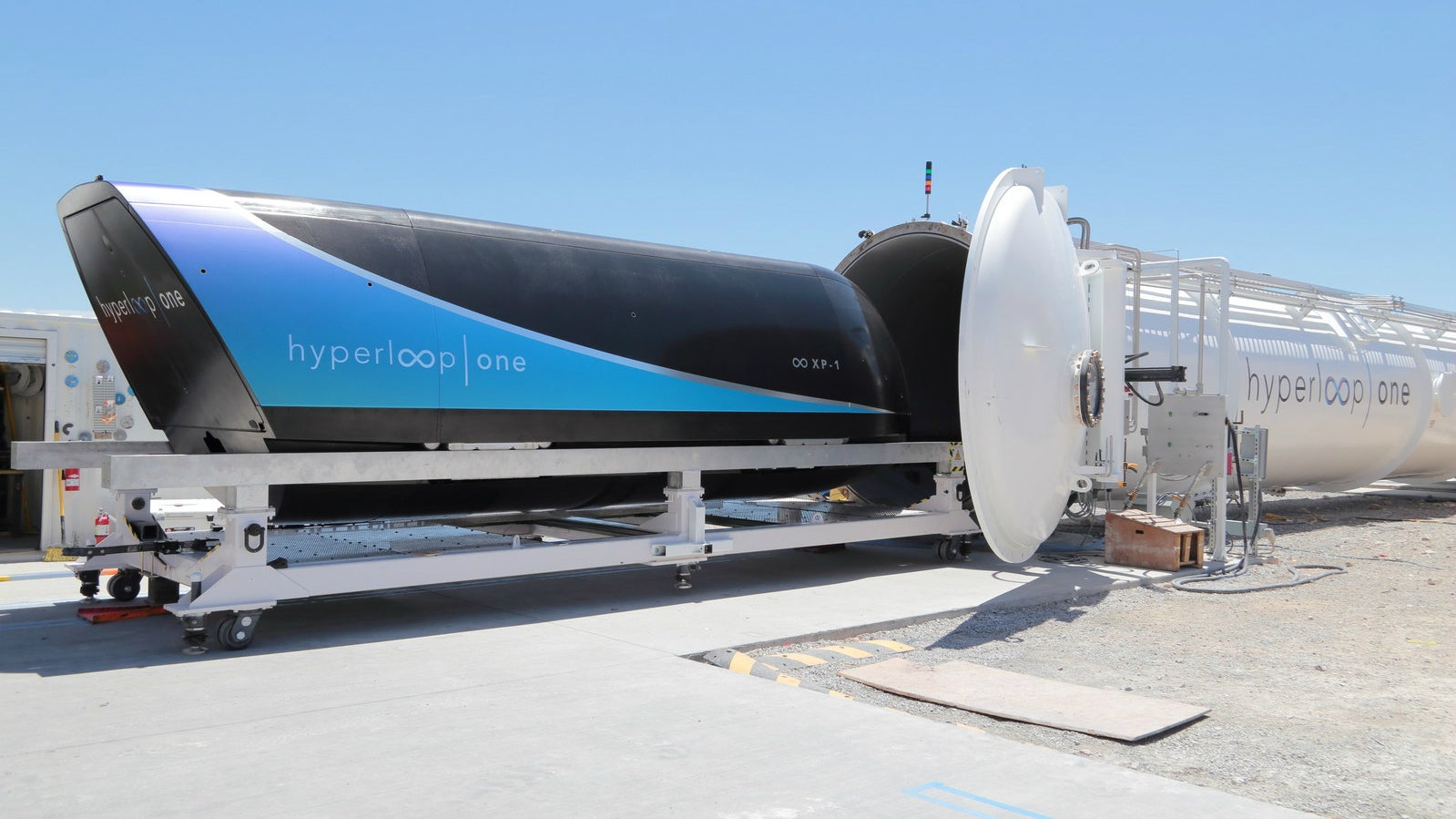Hyperloop just broke its speed record. That was the easy part
The future of high-speed transportation is fast approaching—at 192 miles per hour to be exact. Hyperloop One, the Los Angeles-based startup that’s developing Elon Musk’s brainchild, said Wednesday (Aug. 2) its passenger pod traveled farther and faster than ever before during a test late last month.


The future of high-speed transportation is fast approaching—at 192 miles per hour to be exact. Hyperloop One, the Los Angeles-based startup that’s developing Elon Musk’s brainchild, said Wednesday (Aug. 2) its passenger pod traveled farther and faster than ever before during a test late last month.
The pod, which looks like a train car, is powered by electric propulsion and uses magnetic levitation—the same technology used in some of Japan’s fastest trains—to travel through a low-pressure tube.
This shows the project’s technological advancements are cruising along. Its application is still a ways off, and the more difficult part is ahead: People will be involved.
Governments in the United Arab Emirates, Slovakia and elsewhere have expressed interest in bringing the technology to their backyards. Financing such endeavors is a different matter.
And though Americans may be wowed by the latest pod test—almost 30% faster than Amtrak’s top speed—it’s still much slower than the near-supersonic speeds hyperloop developers intend to secure. Even as the US economy grows, the country is struggling to fix its ailing existing infrastructure, and the science-fiction future remains a tough sell. So does winning over a public still captivated by both new electric cars and cheap gasoline.
Musk may say he has support from the White House for tunnel that would transport travelers from New York-to-Washington DC in half an hour, an idea that remains largely a fantasy due to the cost, time, legal and legislative morass it would have to traverse.
Back in the here and now, what does the future of transportation sound like? As the pod whistled through the tube, you can imagine ”a witch crying over a dead cat,” according to Wired. To the Verge it was more like “a little dog whining in your ear.” The pod reached top speeds of 192 mph, almost three times as fast as earlier tests, and traveled about 1,430 feet (437 meters), nearly five times as far.
That may not impress travelers in Japan. Here’s a look at some of the top speeds aircraft, cars, and trains have achieved: